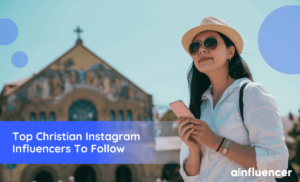In today’s fast-paced and ever-changing business world, building successful brand partnerships has become a crucial aspect of driving growth and staying ahead of the competition.
Business collaborations and strategic brand partnerships allow you to leverage brand marketing and expand your reach, while also bringing in fresh perspectives and new ideas. However, building successful partnerships requires careful planning and execution. In this blog, we will explore the key elements that go into building successful brand partnerships, from defining your goals to selecting the right partners and creating a strong, mutually beneficial relationship. Whether you are a startup or an established brand, this guide will provide you with valuable insights and practical tips to help you forge successful partnerships that will take your business to new heights.
What is a brand partnership?
A brand partnership is a collaborative effort between two or more brands with the goal of mutually benefiting each other’s marketing efforts. This type of partnership typically involves the exchange of resources, such as marketing assets, audiences, and expertise, to create a cohesive marketing campaign that promotes both brands.
Strategic brand partnerships can take many forms, including co-branded products, joint marketing campaigns, shared events or sponsorships, and collaborations on the content or social media. The goal of a brand partnership is to leverage the strengths and unique qualities of each brand to create a more impactful marketing message and reach a wider audience. Successful business collaborations can increase brand awareness, drive sales, and build brand loyalty.
Different types of Brand Partnerships
Brand partnerships are business collaborations between two or more brands that join forces to achieve common goals. There are several types of brand partnerships, including:
1- Content marketing
Brand partnerships in content marketing refer to collaborations between two or more brands to create and distribute content that promotes their products or services. These partnerships aim to leverage each other’s audiences and resources to increase brand awareness, engagement, and revenue.
Afua, for instance, spoke at Think In Color and collaborated with Google, Microsoft, Airbnb, and Facebook to produce content, give talks at conferences, and appear as a guest on podcasts.
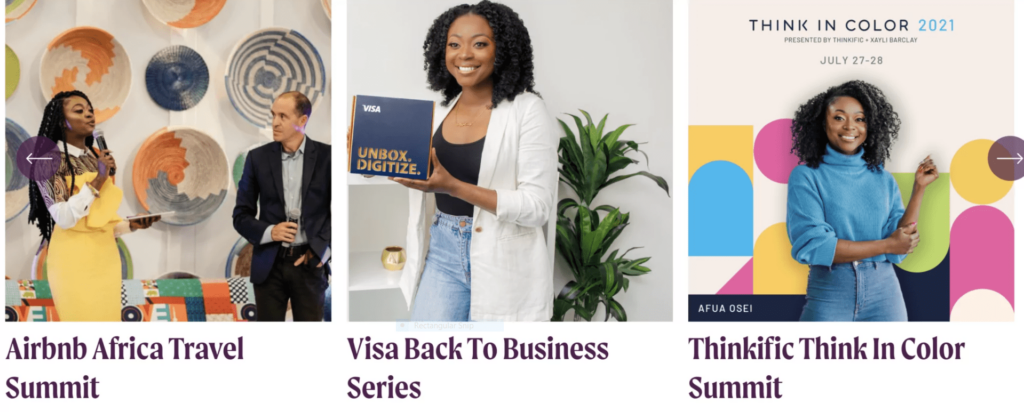
2- Co-branding
Co-branding is a partnership between two brands that create a new product or service together. This can be done by combining the strengths of both brands to create a unique offering that appeals to their mutual customers. Examples of co-branded products include the Apple Watch Nike, where Apple and Nike collaborated to create a specialized version of the Apple Watch for fitness enthusiasts.
3- Influencer partnerships
Influencer partnership is one of the most popular marketing partnerships examples that involve collaborating with social media influencers or bloggers to promote a brand or product. This can include sponsored posts, product reviews, or endorsements. For example, beauty brands often partner with beauty influencers to create makeup tutorials using their products.
Influencer marketing is now one of the best ways of collaborating with brands. If you are an influencer looking for a brand to collaborate with or a brand looking for qualified influencers to take your influencer marketing campaign to the next level, an influencer marketplace like Ainfluencer is what you need.
For small to medium-sized businesses wishing to produce high-quality content and connect with millions of prospective customers via the influence of micro influencers on TikTok and Instagram, Ainfluencer is the ideal DIY marketplace.
Join our community right away to begin working with experienced influencers to produce engaging content that appeals to your audience.
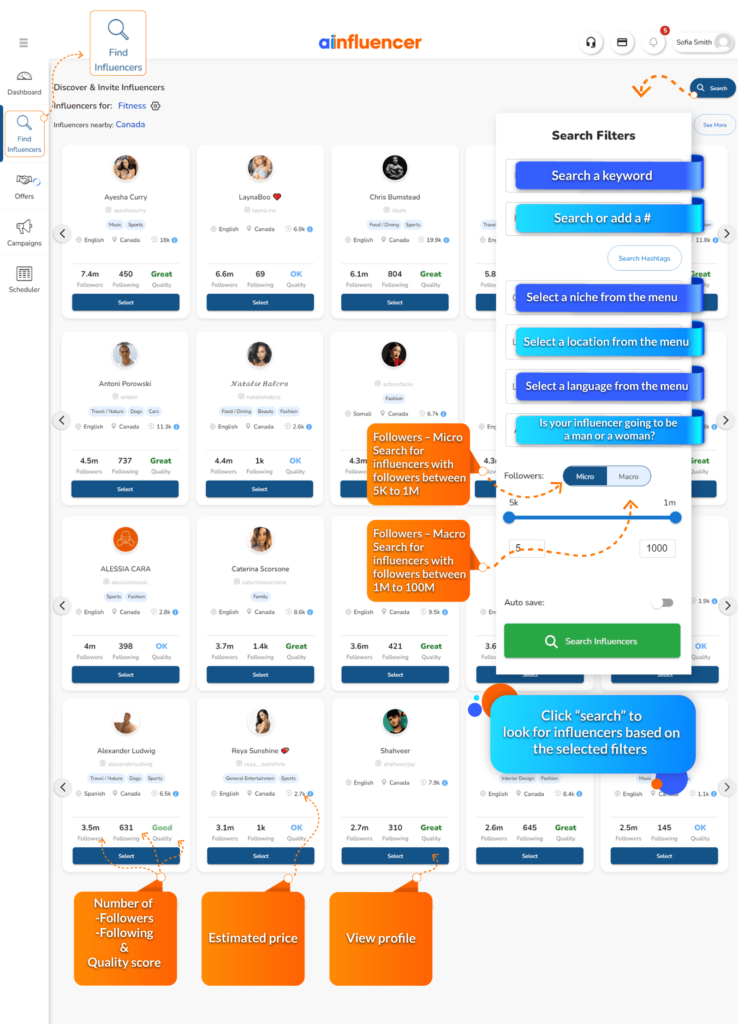
4- Sponsorship partnerships
Sponsorship partnerships involve a brand providing financial support to an event or organization in exchange for exposure to their audience. Examples of sponsorship partnerships include Red Bull sponsoring extreme sports events or Coca-Cola sponsoring the Olympics.
5- Cause-related partnerships
Cause-related partnerships involve brands teaming up with non-profit organizations to support a cause or promote a social issue. For example, Nike’s partnership with the Michael J. Fox Foundation to support Parkinson’s disease research.
6- Licensing partnerships
Licensing partnerships involve a brand granting another company the right to use their intellectual property, such as their logo or brand name, in exchange for a fee. For example, Disney licenses their characters to toy manufacturers to create Disney-themed toys.
Six steps to a successful brand partnership
Here are six steps to a successful brand partnership:
1- Define Your Objectives
The first step is to identify your objectives for the brand partnership. What do you hope to achieve from this partnership? Is it increased brand awareness, new customer acquisition, or driving sales? Be specific about your goals, and ensure that they align with your partner’s objectives.
2- Identify the Right Partner
Once you have identified your objectives, you need to find the right partner. Look for a brand that shares your values and target audience, and has a similar marketing strategy. This will help ensure that the partnership is authentic and resonates with your audience.
3- Define Your Partnership Strategy
After identifying the right partner, you need to define your partnership strategy. This includes identifying the marketing channels you will use, the messaging, and the metrics you will use to measure success. Ensure that both parties agree to the strategy before proceeding.
4- Collaborate on Content Creation
To create a successful brand partnership, you need to collaborate on content creation. This includes brainstorming ideas for campaigns, creating content, and reviewing it. Ensure that the content resonates with both audiences and reflects the values of both brands.
5- Execute Your Partnership Strategy
Once you have agreed on the strategy and created the content, it’s time to execute your partnership strategy. Launch your campaign across all agreed-upon channels, and monitor the results. Ensure that you are tracking metrics such as engagement, traffic, and conversions.
6- Evaluate and Optimize
Finally, evaluate the success of the partnership and optimize your strategy as needed. Use the metrics you identified earlier to determine what worked and what didn’t, and make changes to improve future campaigns. Communication is key, so ensure that both parties provide feedback and learn from the partnership.
Brand marketing partnerships examples
1- Nike and Apple
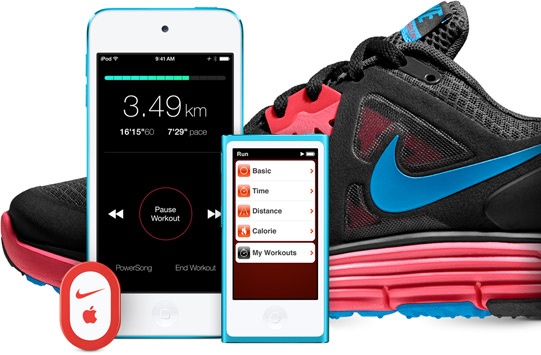
In 2006, Nike and Apple formed a partnership to create Nike+ technology. This collaboration allowed Nike to integrate Apple’s iPod technology into their shoes and clothing, giving runners the ability to track their runs through the iPod. This partnership helped both brands increase their market share and reach new customers.
2- Coca-Cola and McDonald’s
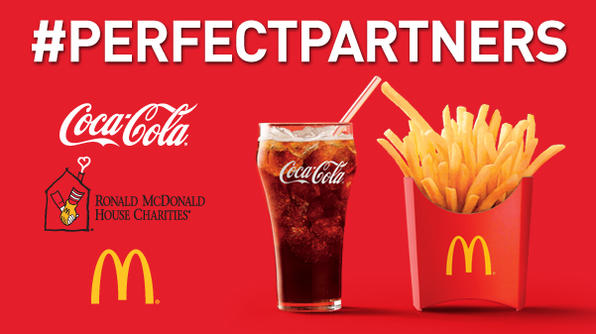
Coca-Cola and McDonald’s have had a long-standing partnership dating back to the 1950s. Coca-Cola is the exclusive beverage provider for McDonald’s restaurants worldwide, and the two companies often collaborate on marketing campaigns and promotions.
3- BMW and Louis Vuitton
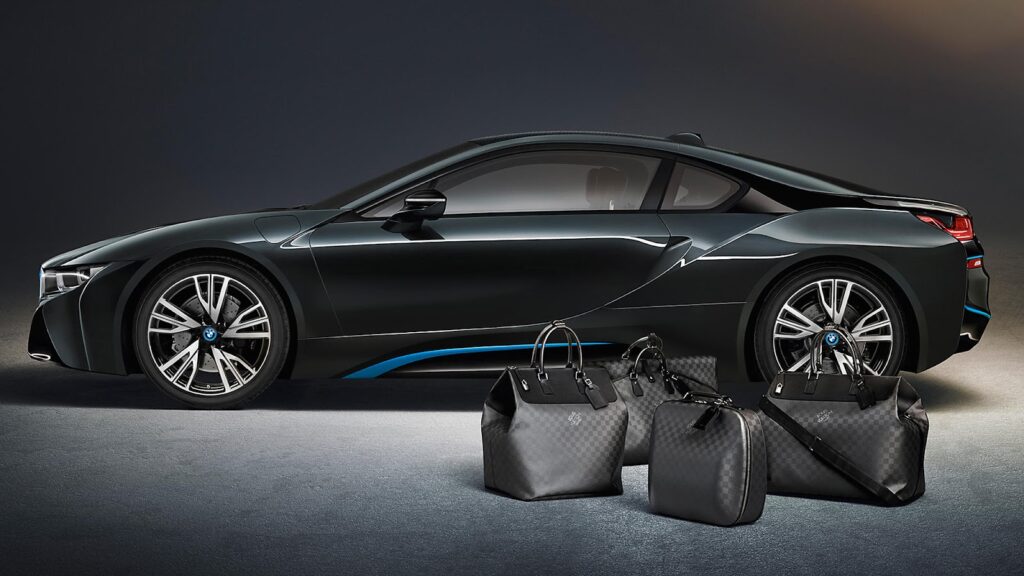
In 2014, BMW and Louis Vuitton teamed up to create a custom luggage set for the BMW i8 hybrid sports car. This partnership allowed both brands to reach a new audience and showcase their luxury products.
4- GoPro and Red Bull
GoPro and Red Bull formed a partnership in 2013, with Red Bull using GoPro cameras to capture extreme sports footage for its media channels. This partnership allowed both brands to capitalize on the growing interest in extreme sports and reach a wider audience.
5- Uber and Spotify
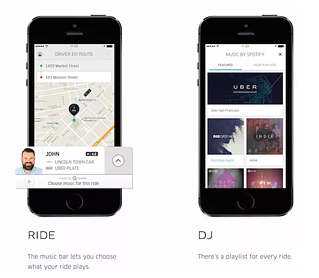
In 2014, Uber and Spotify formed a partnership to allow passengers to control the music played during their ride. This partnership helped Uber differentiate itself from its competitors and offered a unique experience for passengers.
Conclusion
In conclusion, successful brand partnerships enable businesses to reach a wider audience and provide a mutually beneficial relationship. It is important to understand your partner’s goals, target market, and strategies when crafting a successful partnership. Additionally, creating content that resonates with both audiences is key in order to ensure success. A strong understanding of each other’s brands and how they can best collaborate will result in lasting partnerships that benefit everyone involved.
FAQs
A brand partnership strategy is a marketing approach that involves two or more brands collaborating to create a mutually beneficial relationship. The goal of a brand partnership is to leverage each other’s strengths, resources, and audience to create a more powerful and impactful campaign or initiative.
The brand partnership strategy typically involves identifying complementary or similar brands that share a target audience or have a common goal. The brands then work together to create a joint campaign, product, or event that promotes both brands and delivers value to their shared audience.
There are various types of brand partnerships, including:
1- Co-branding partnership: This is a partnership between two brands to create a new product or service that combines their expertise and brand values. For example, Nike and Apple teamed up to create the Nike+ iPod Sport Kit, which tracks running performance.
2- Co-marketing partnership: This is a partnership where two brands collaborate on a marketing campaign, without necessarily creating a new product. For example, Coca-Cola and McDonald’s often team up for promotional campaigns.
3- Licensing partnership: This is a partnership where one brand allows another brand to use its intellectual property, such as trademarks or logos, in exchange for royalties or other compensation. For example, Disney licenses its characters to many companies for use in merchandise and promotional campaigns.
4- Distribution partnership: This is a partnership where one brand distributes another brand’s products through its own channels. For example, Apple sells Bose speakers in its stores.
5- Sponsorship partnership: This is a partnership where one brand provides financial support to another brand or event in exchange for exposure or other benefits. For example, Red Bull sponsors extreme sports events and athletes.
6- Content partnership: This is a partnership where two brands collaborate to create content, such as articles, videos, or social media posts. For example, BuzzFeed and Nike partnered to create a series of workout videos.







